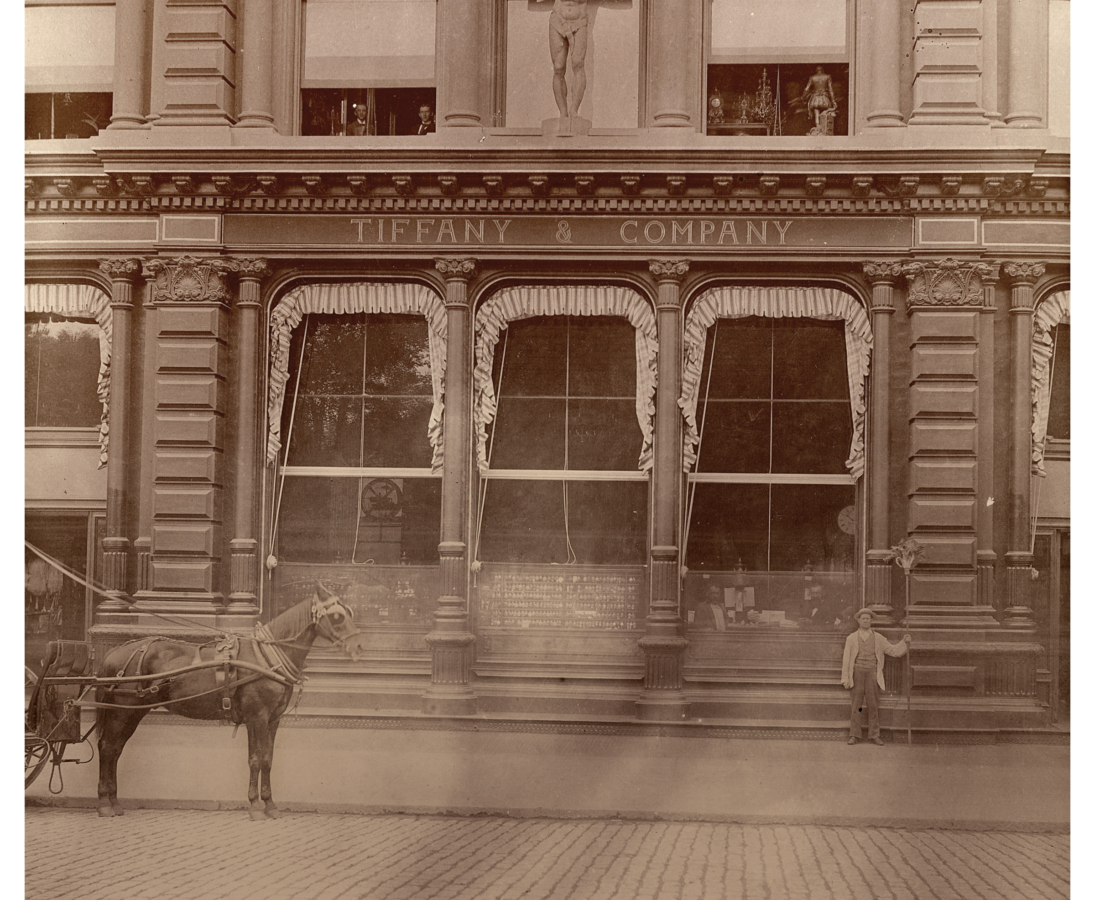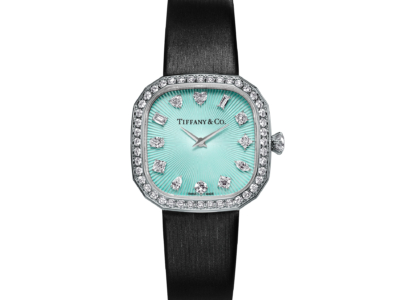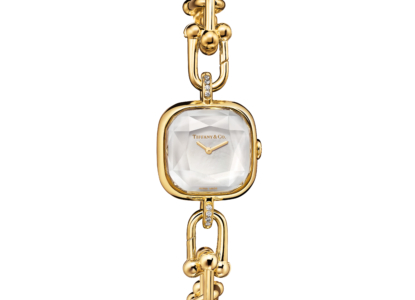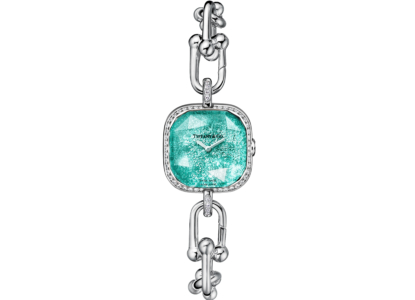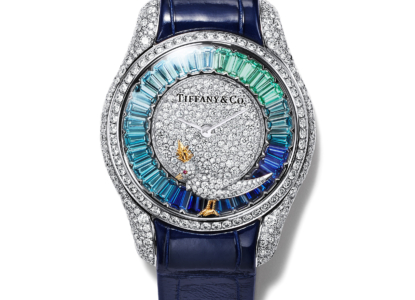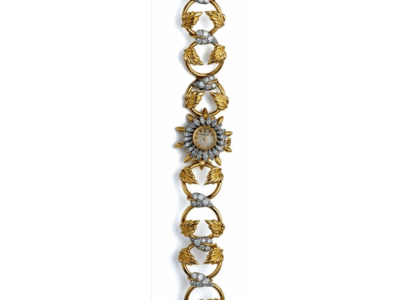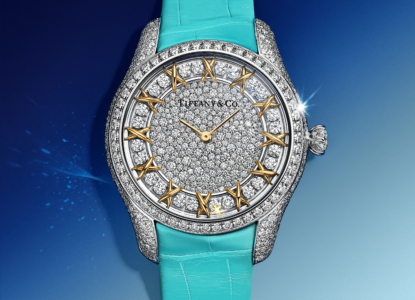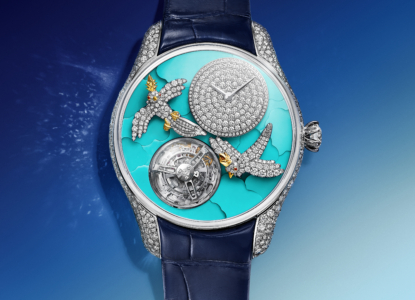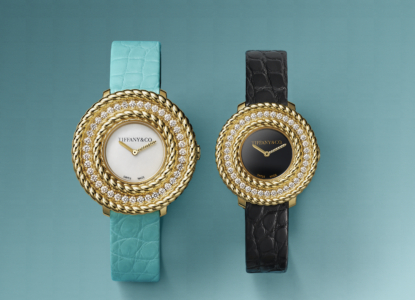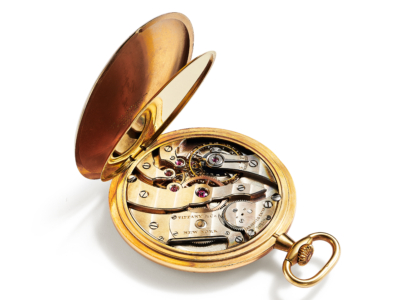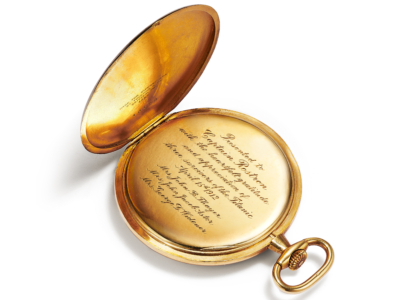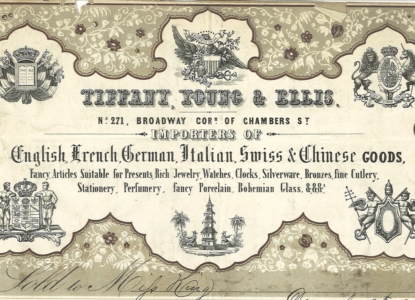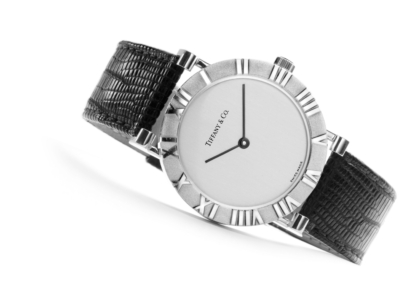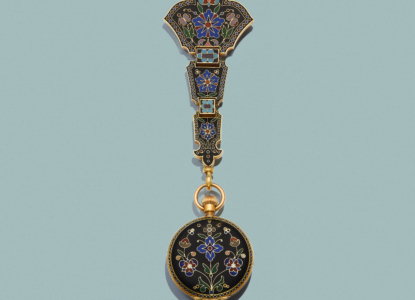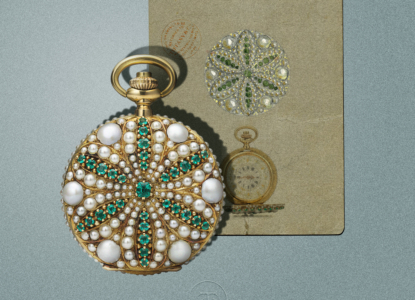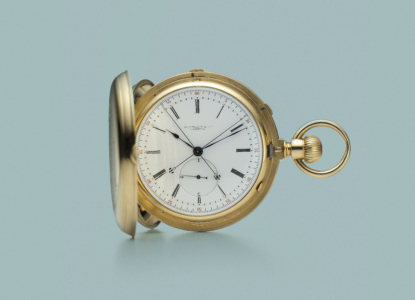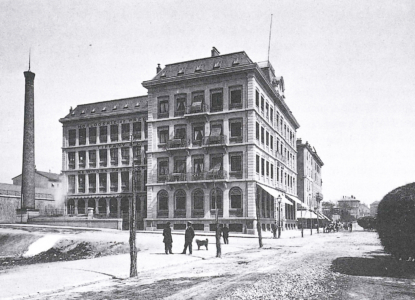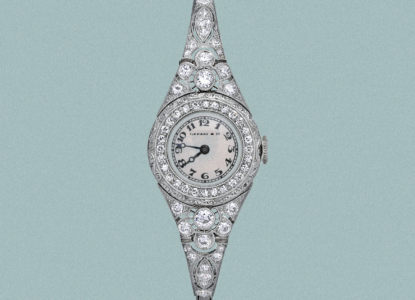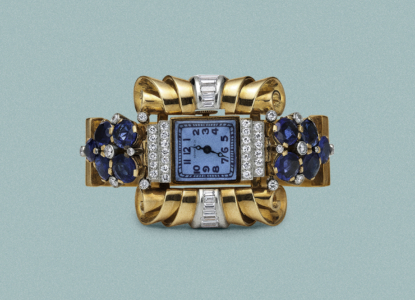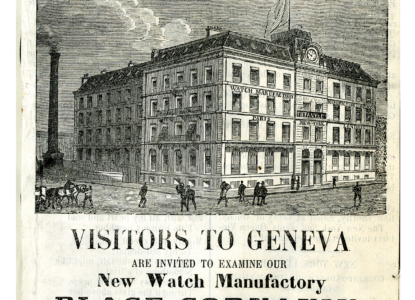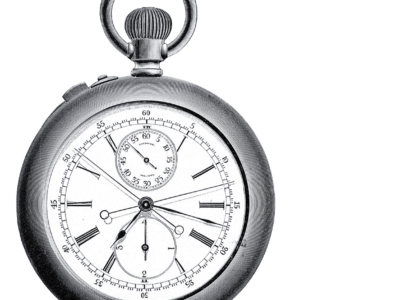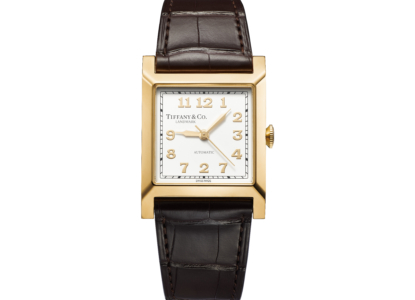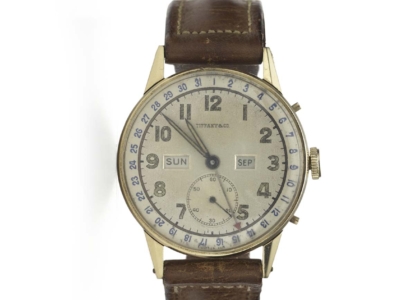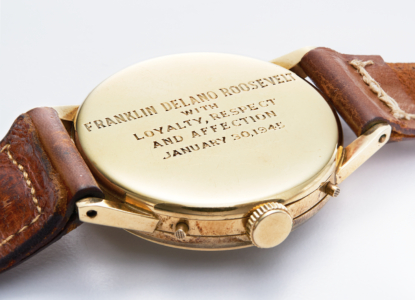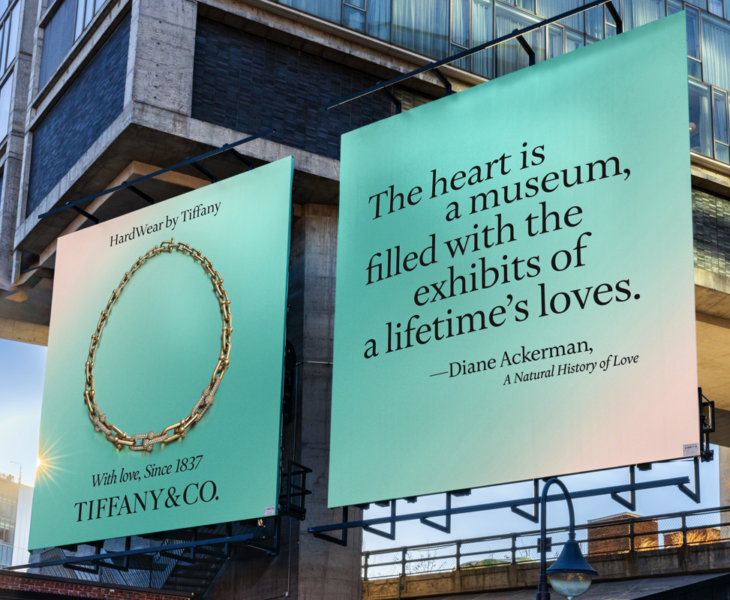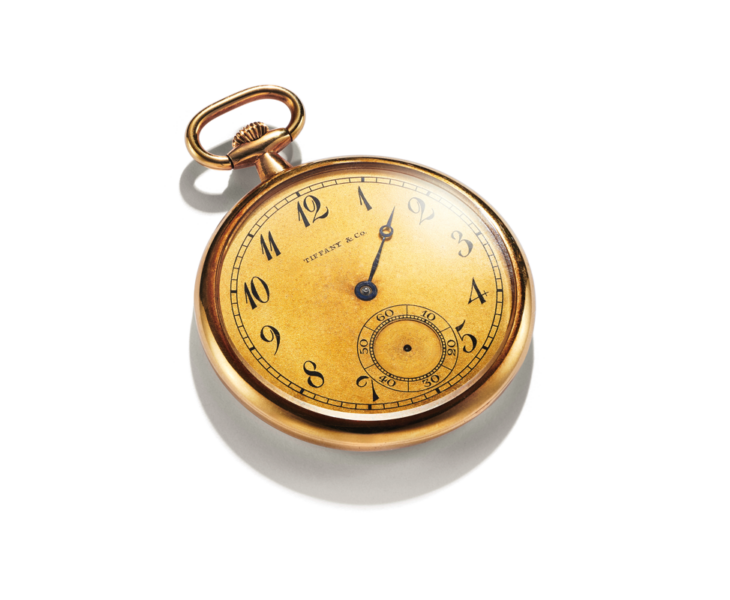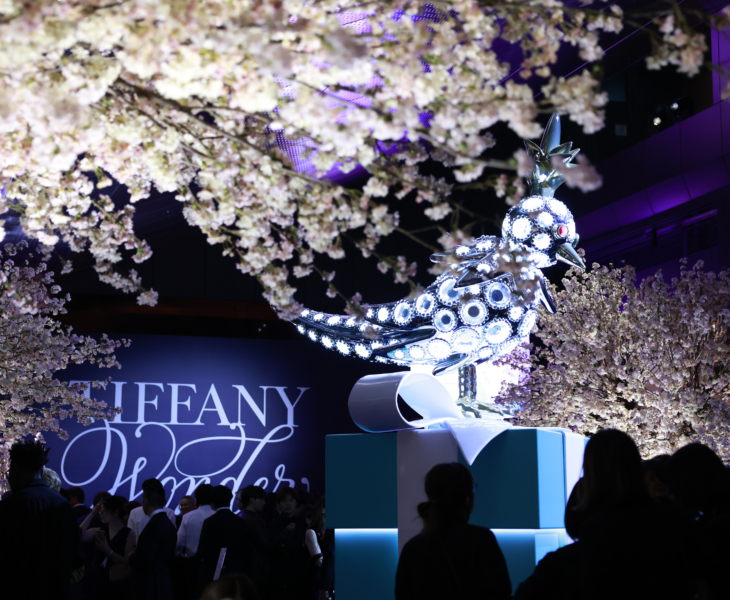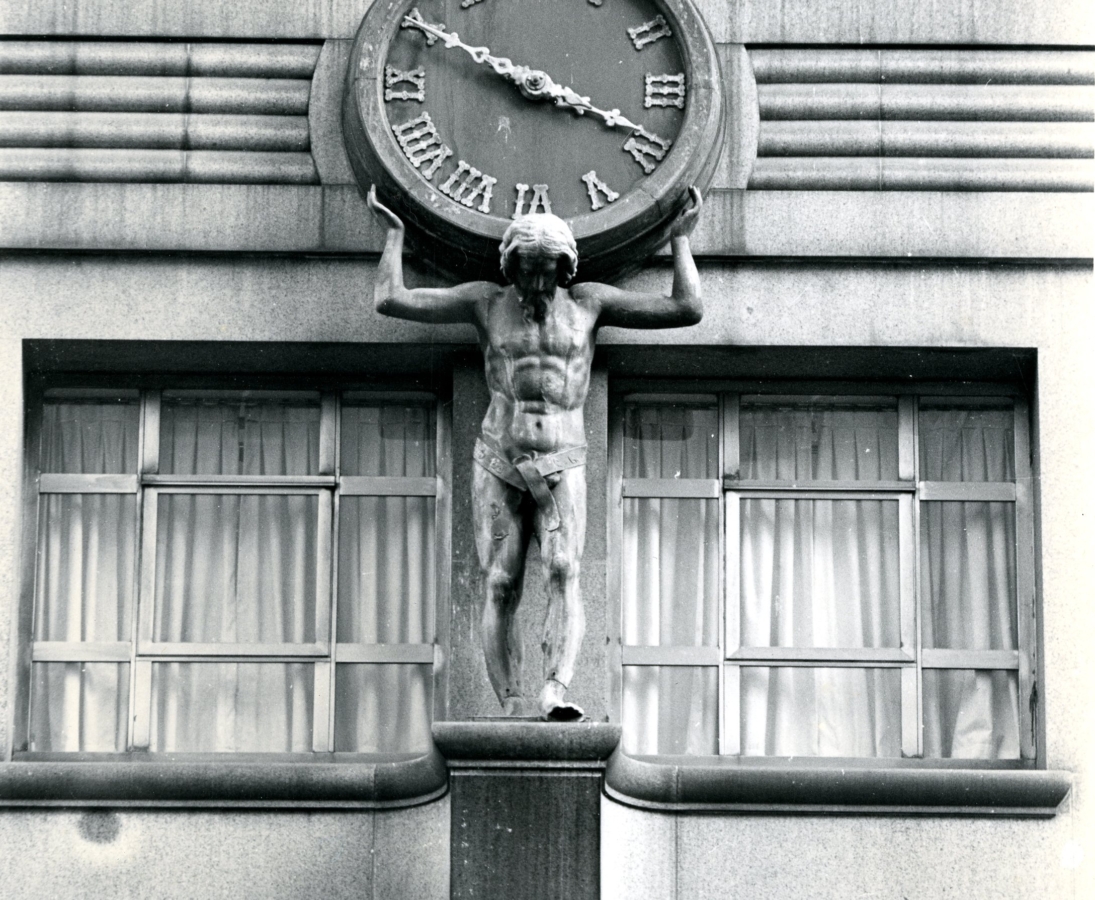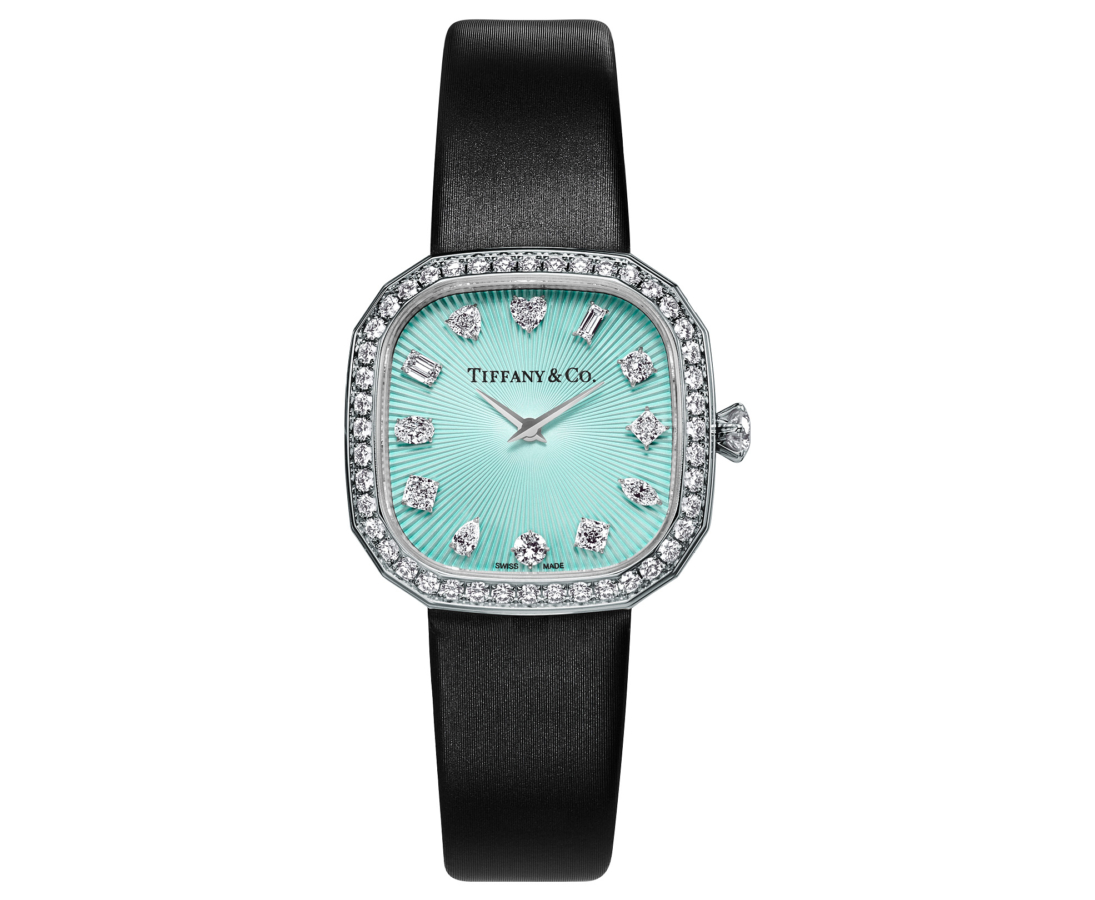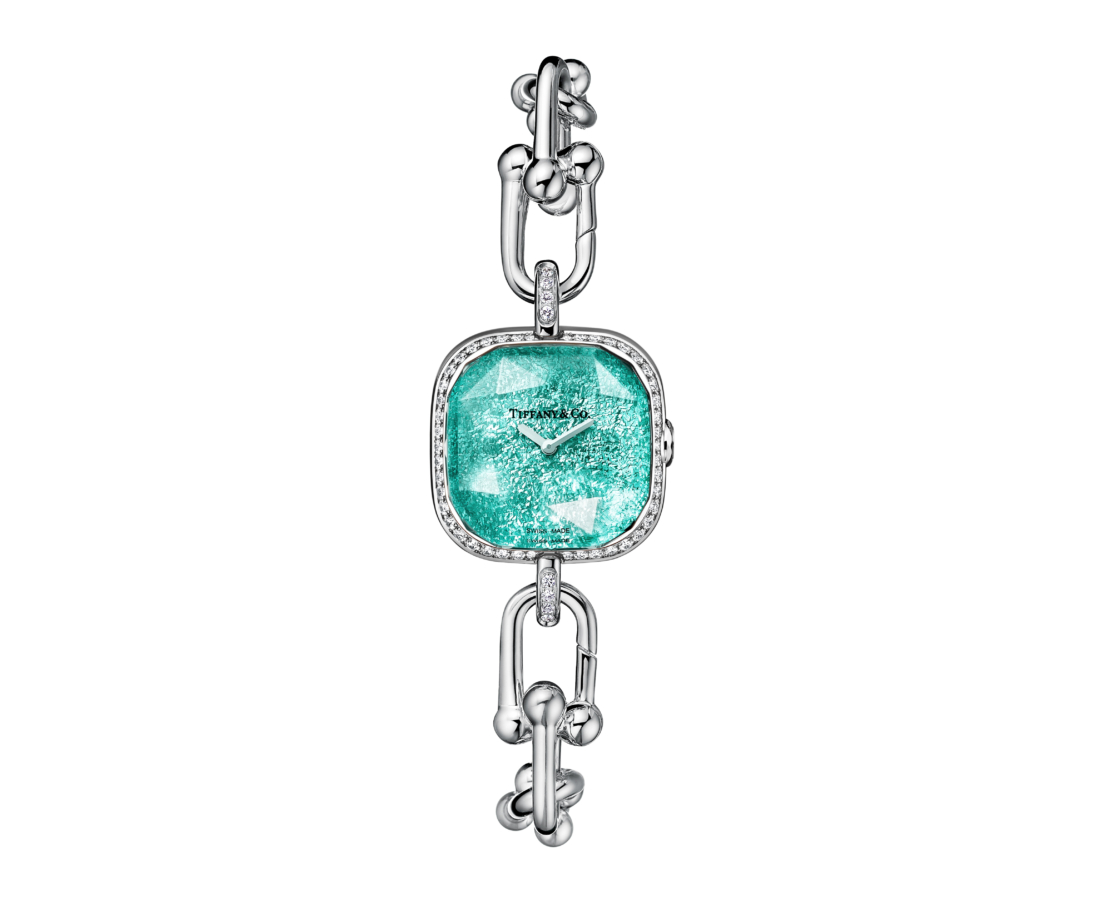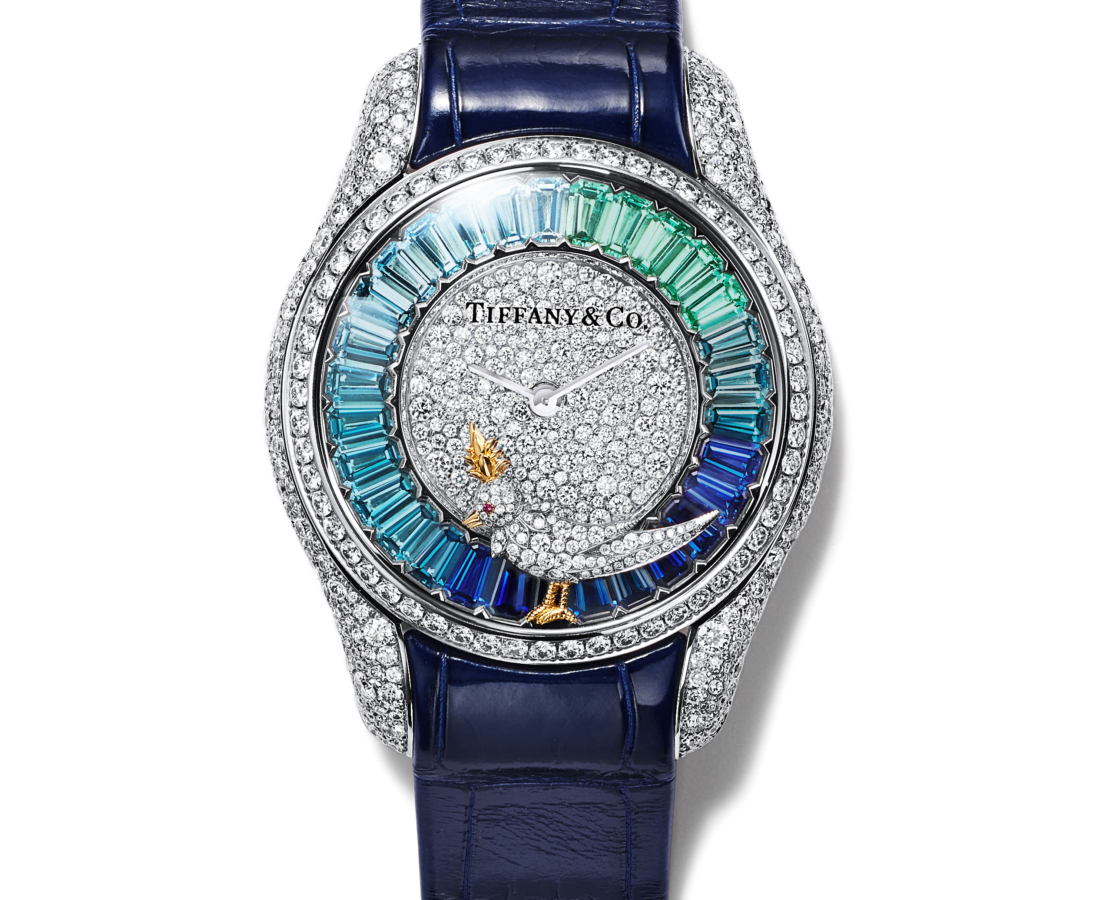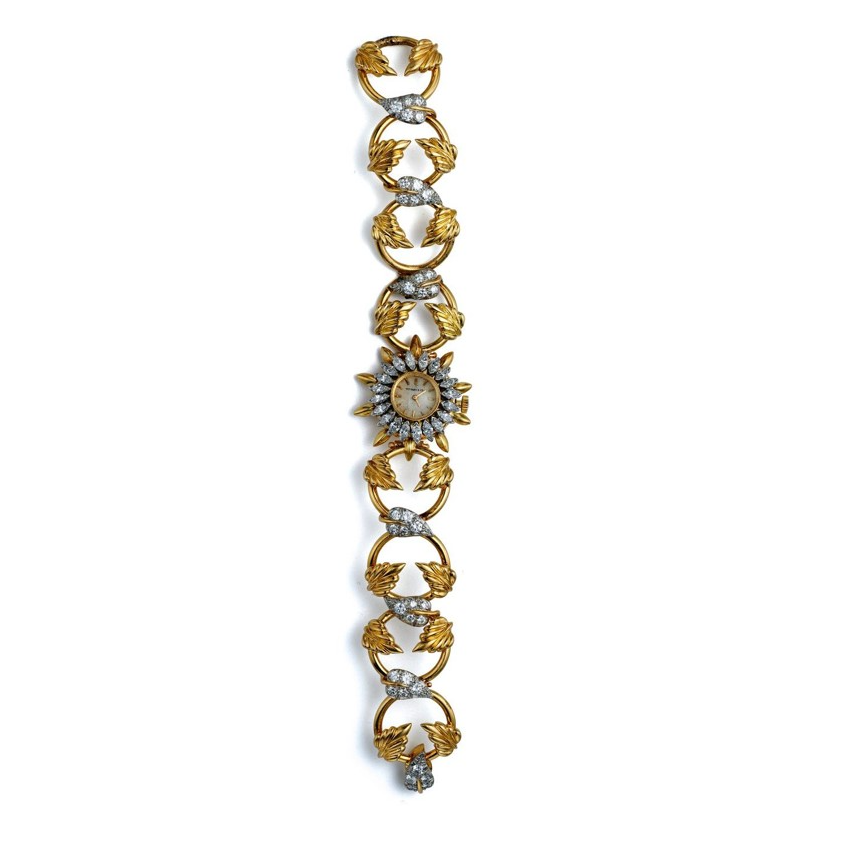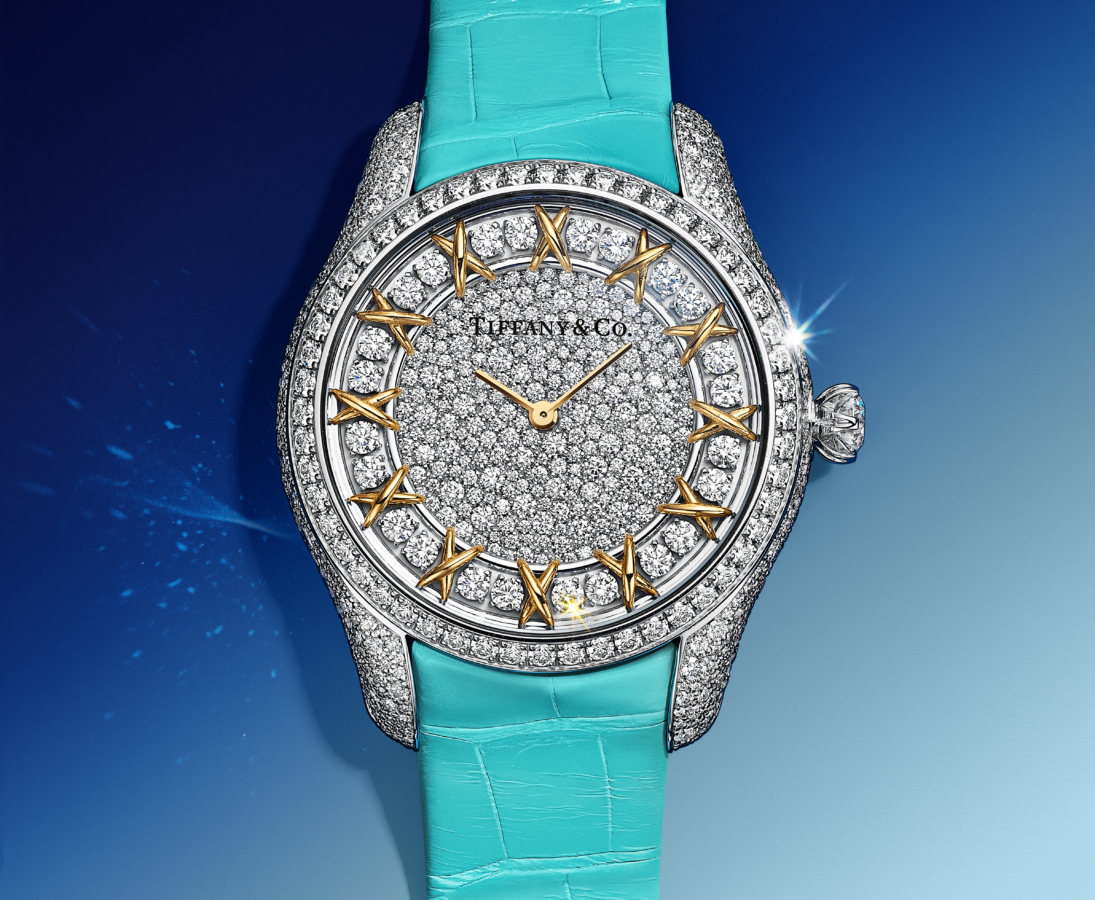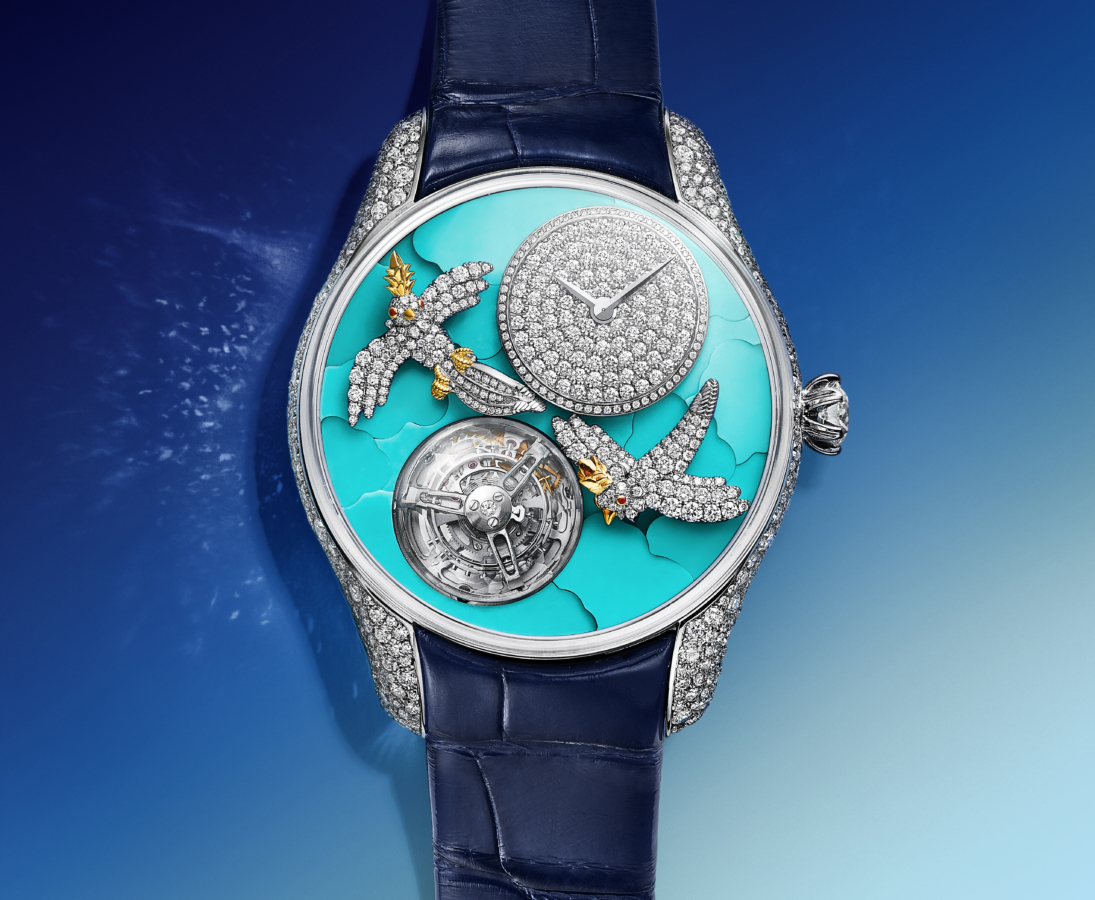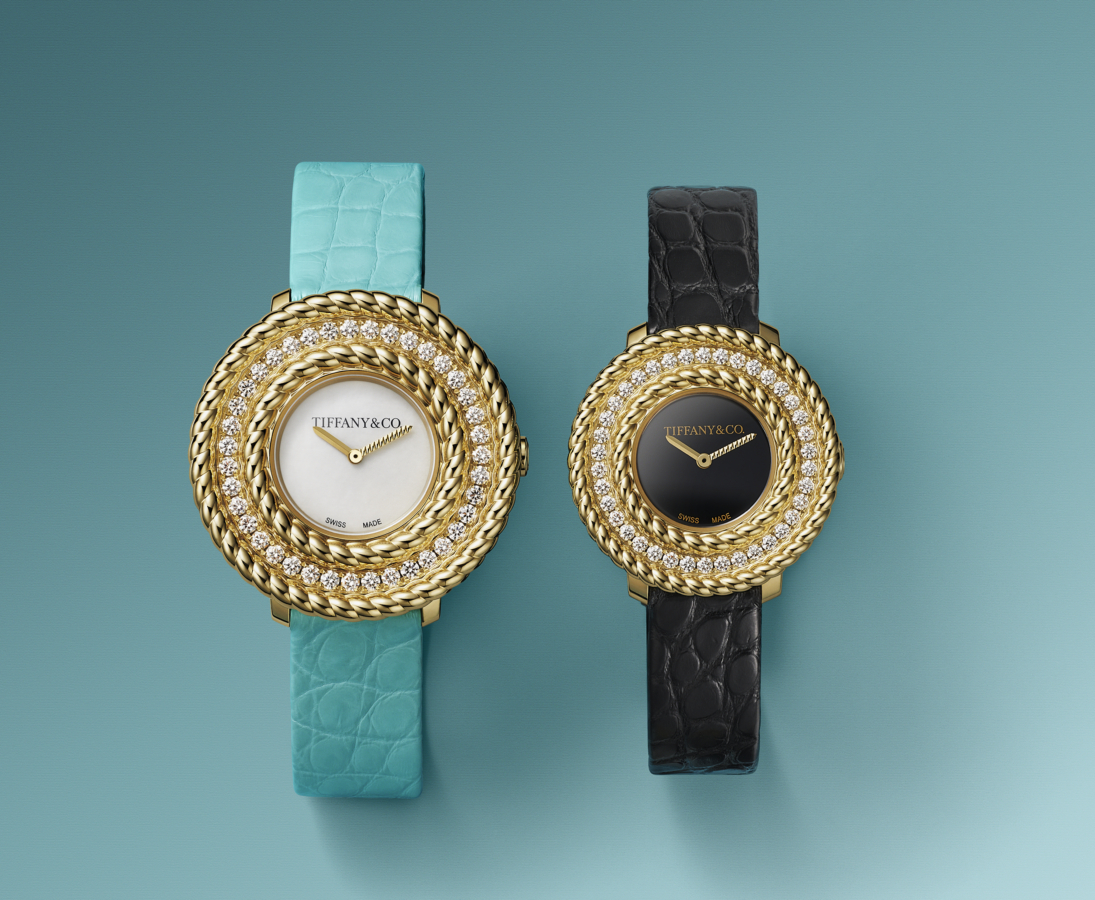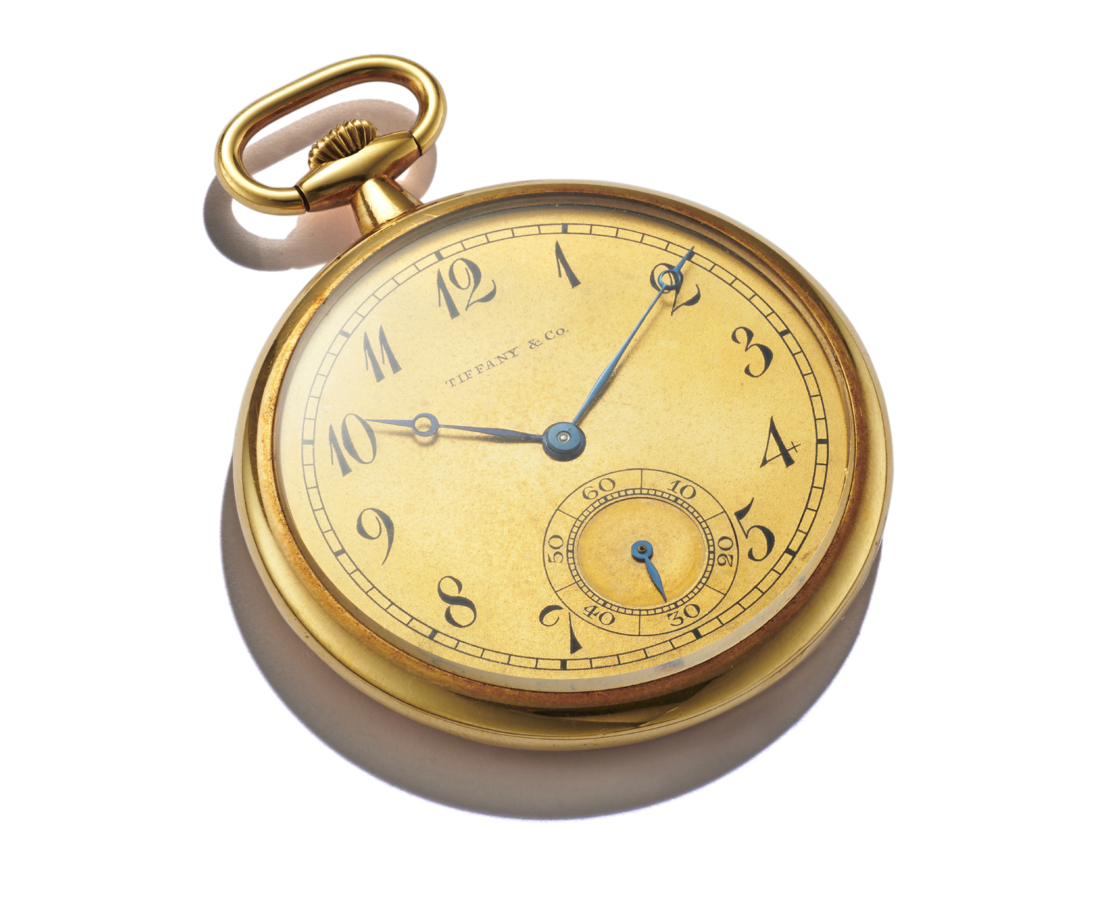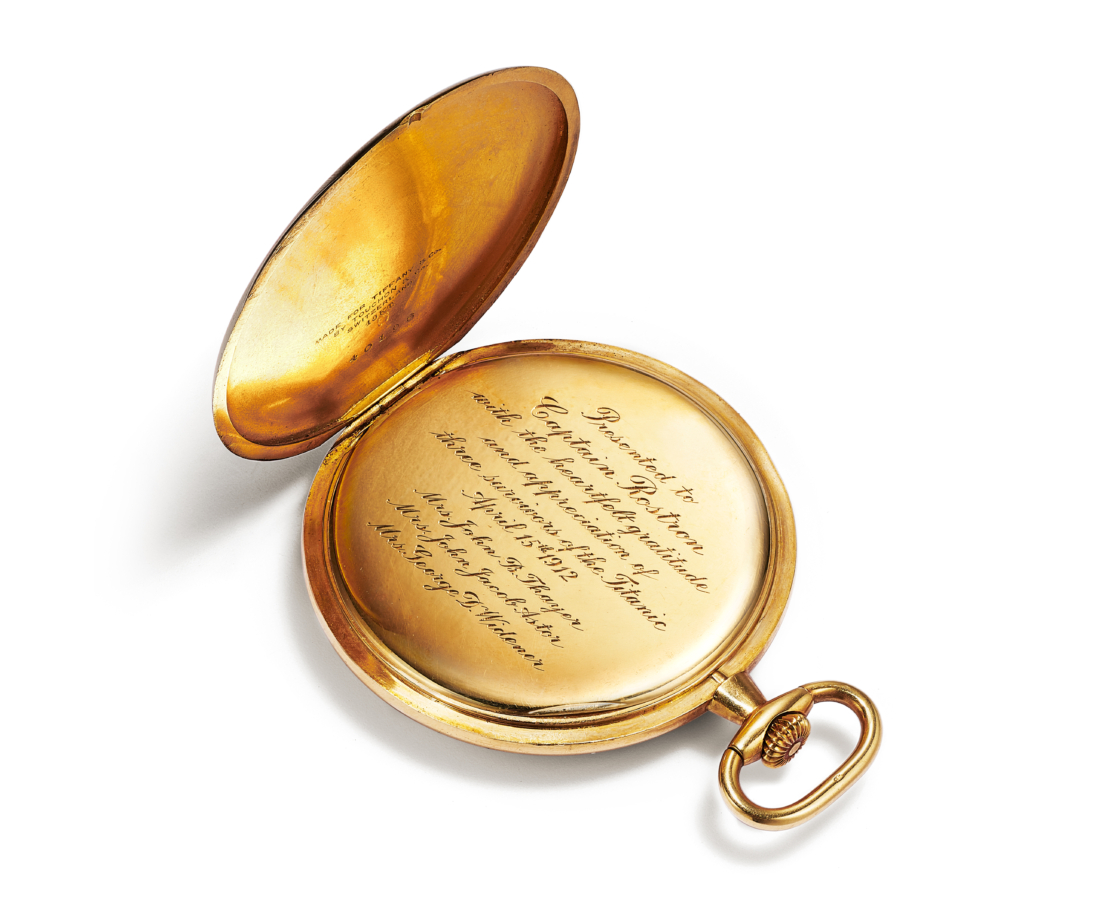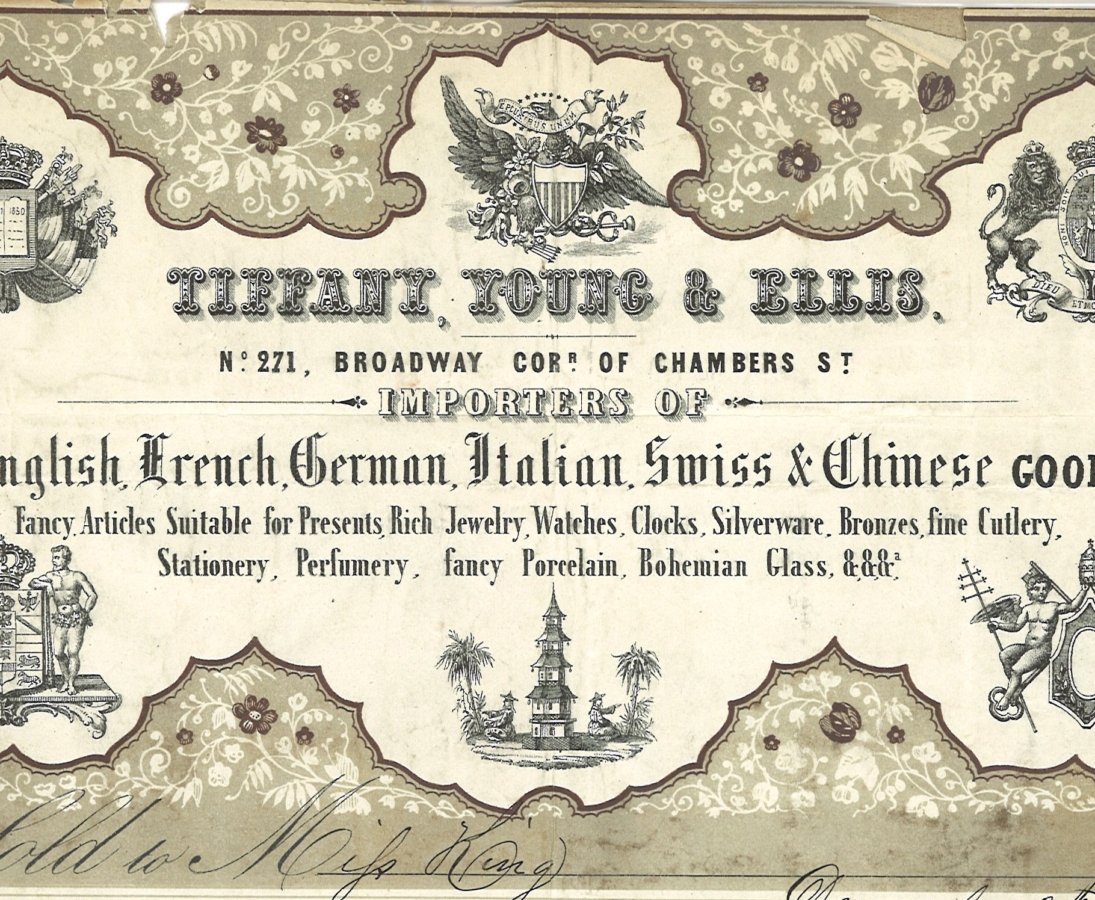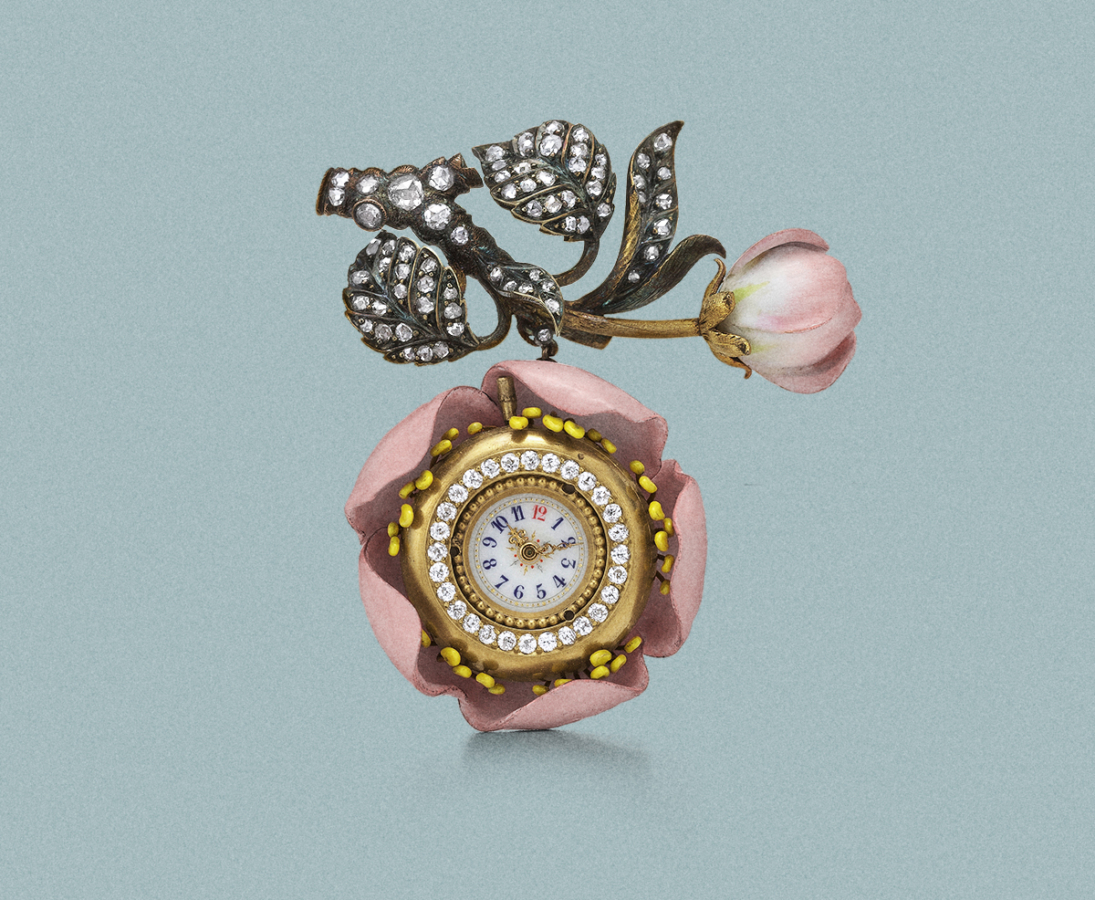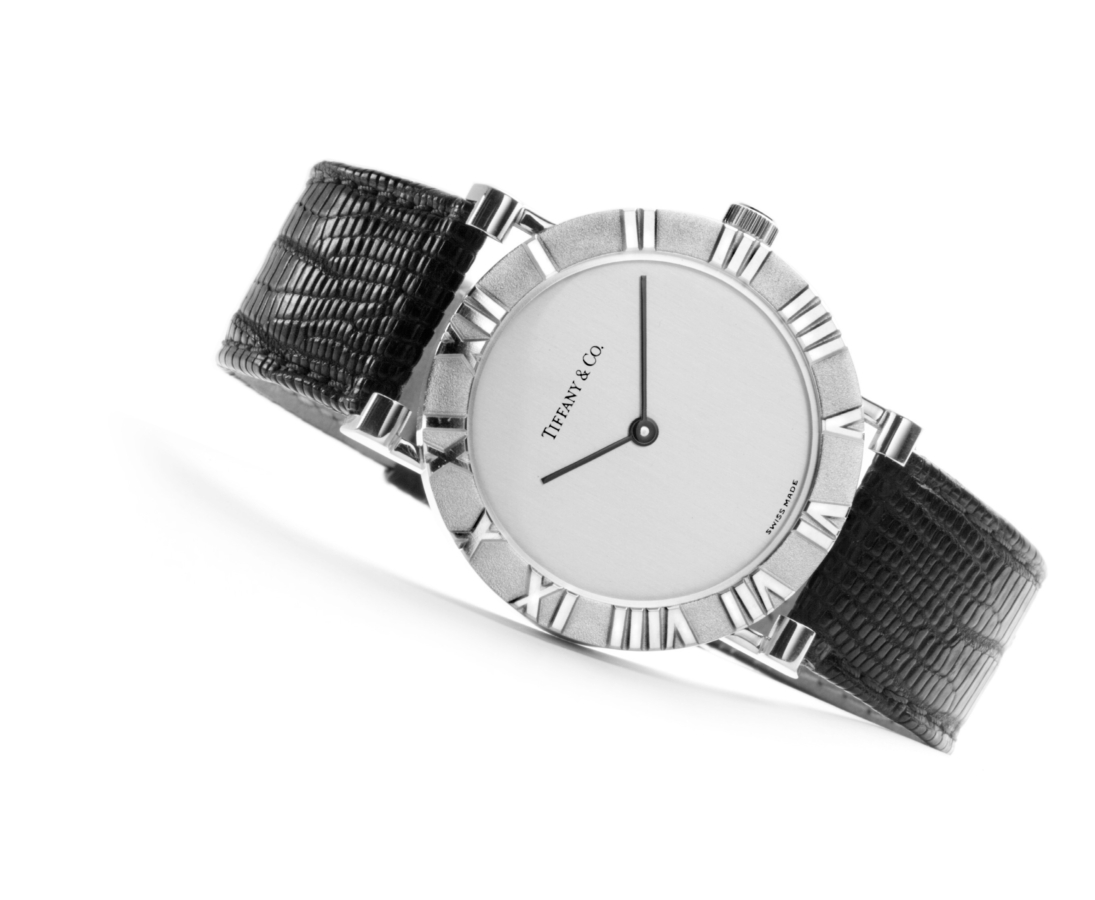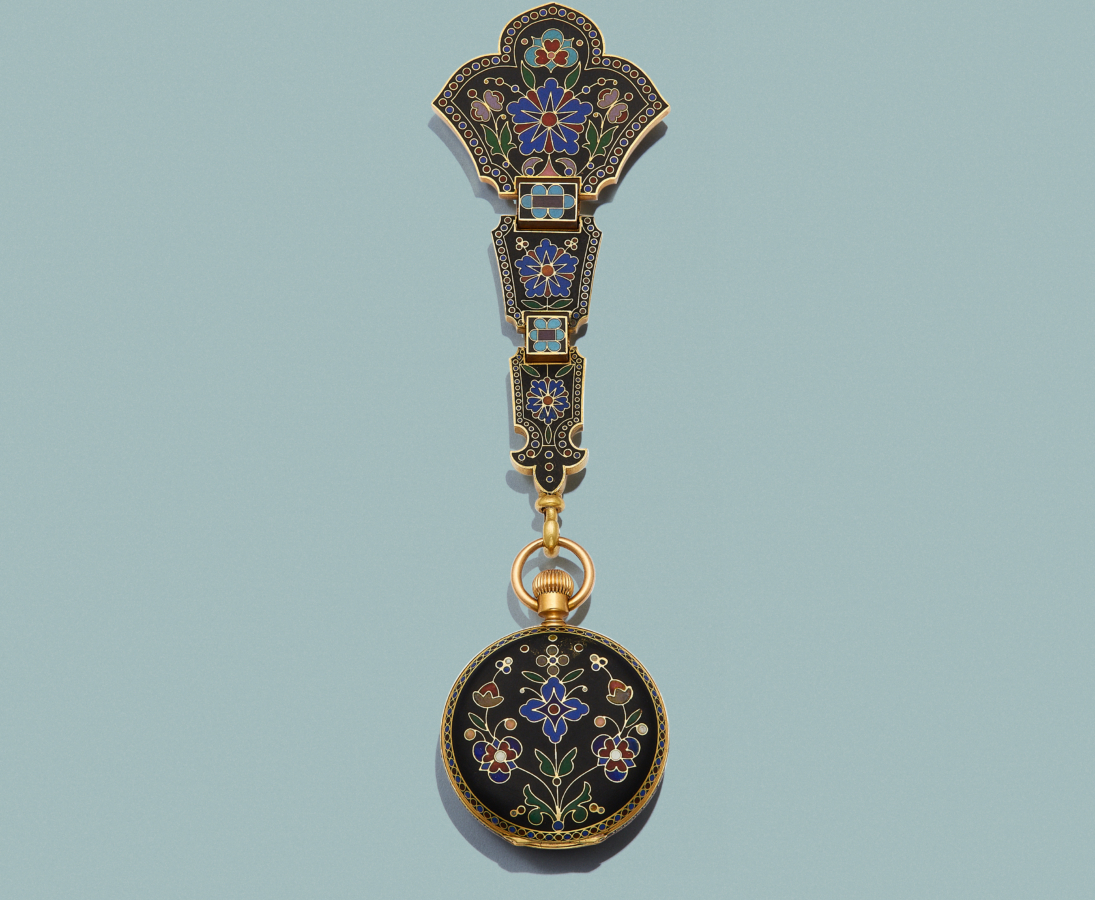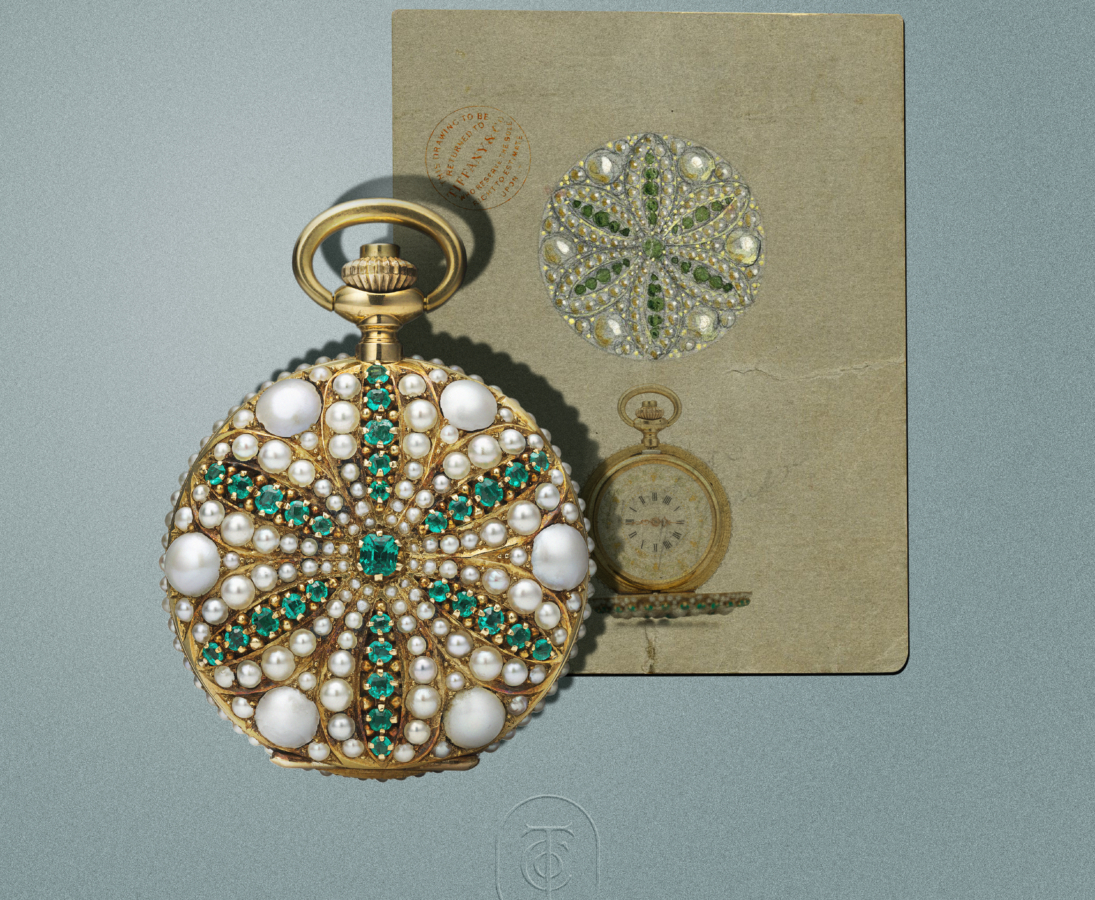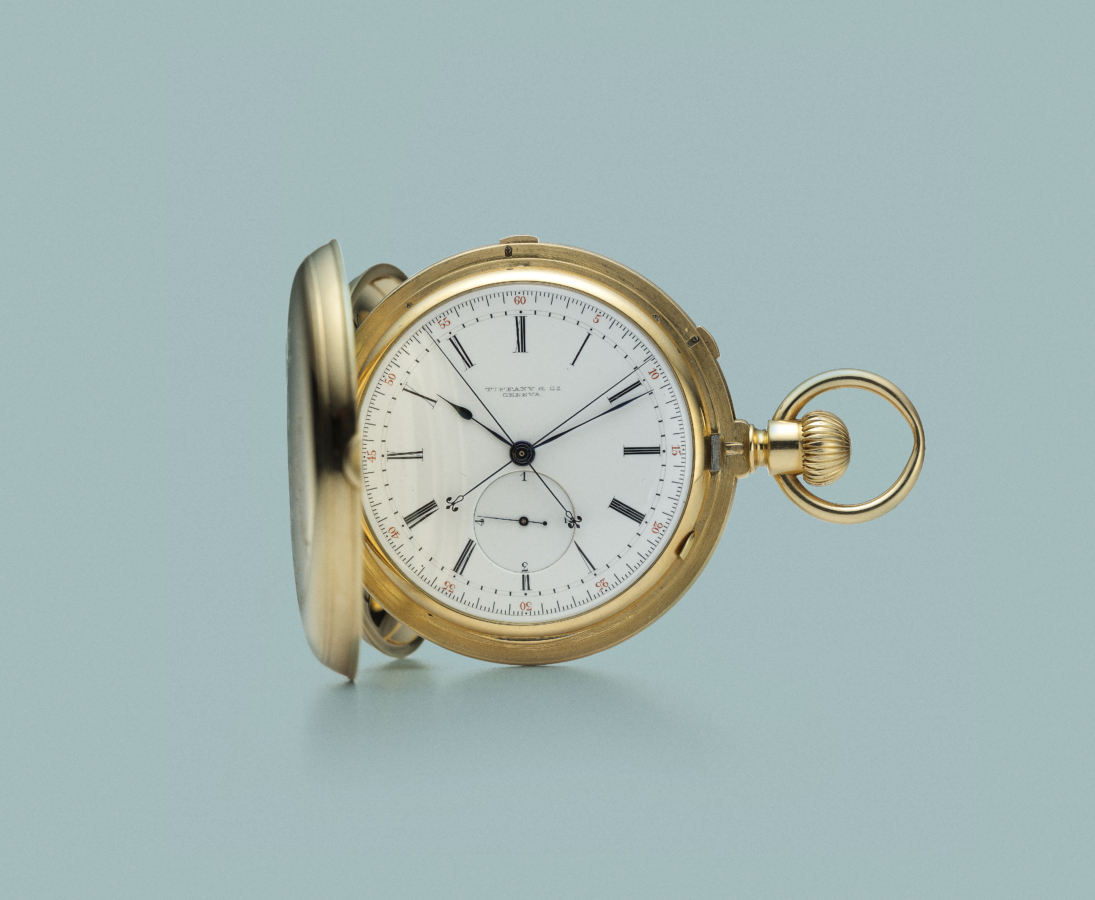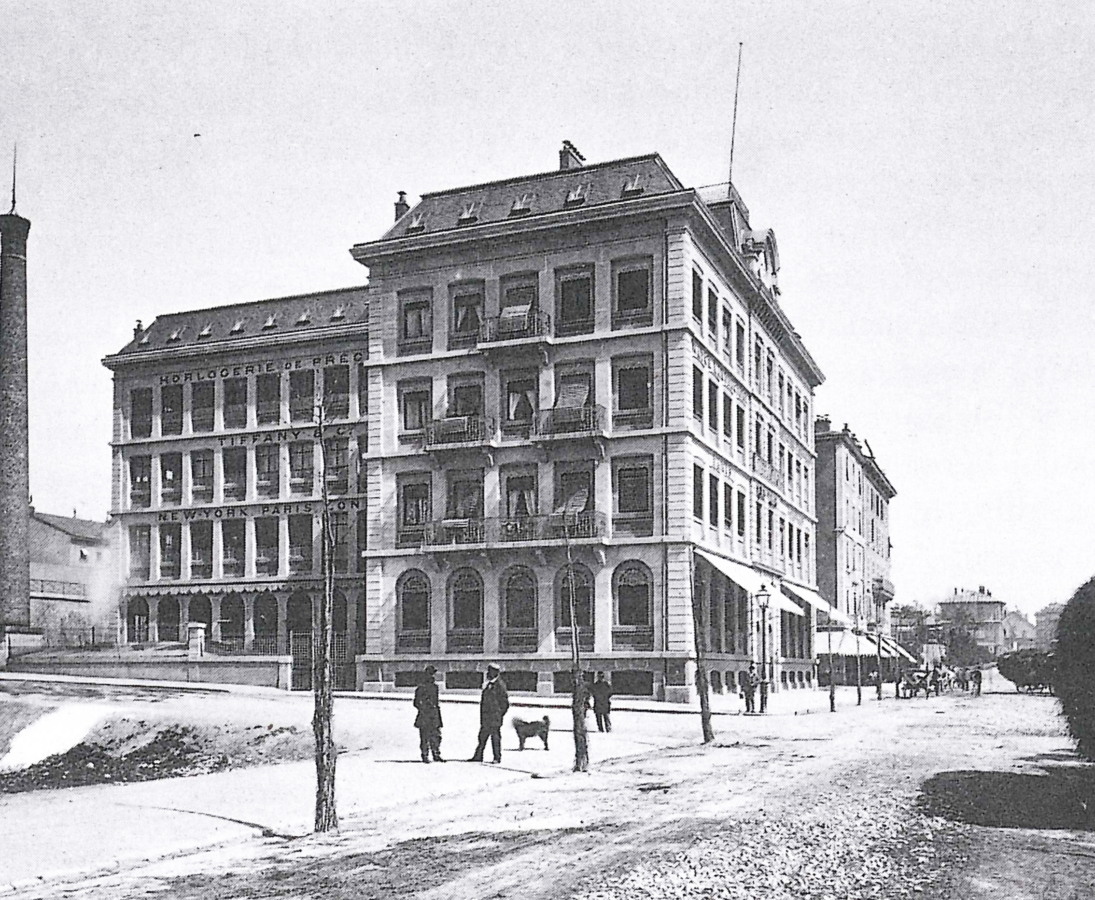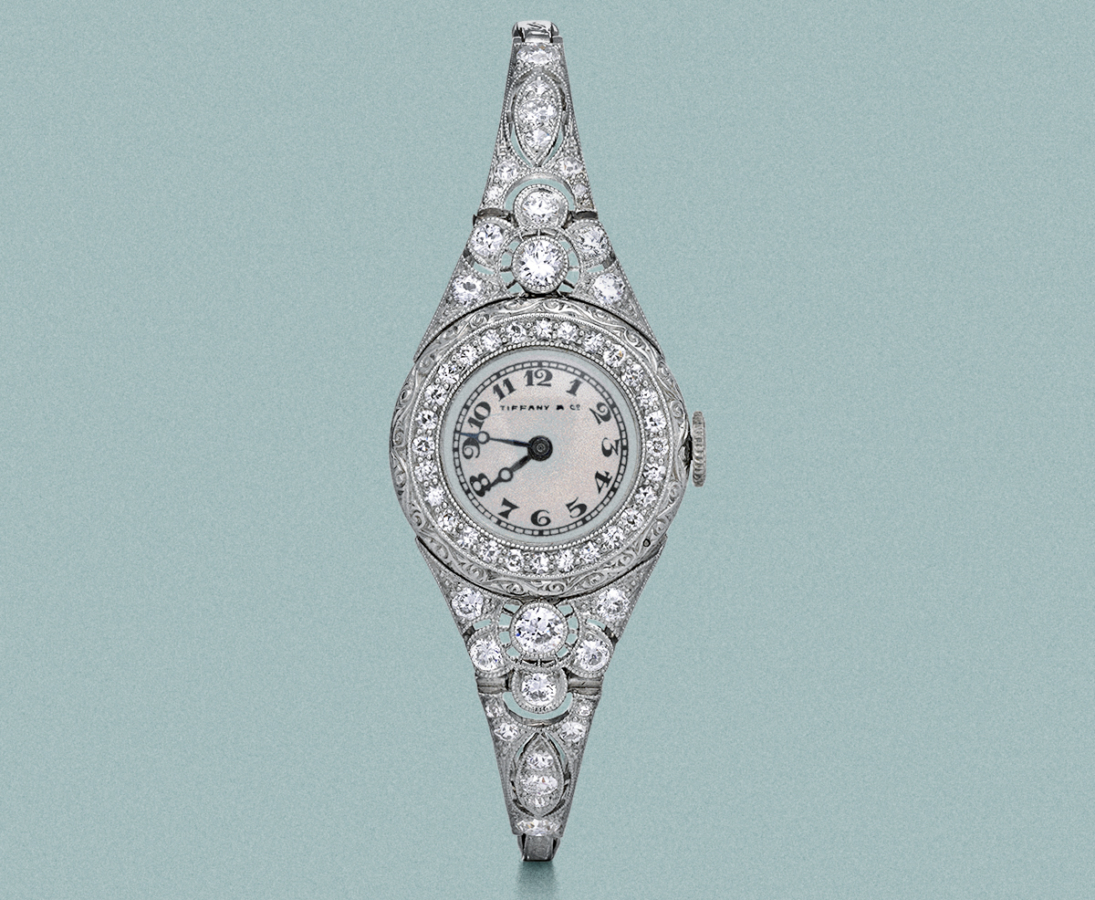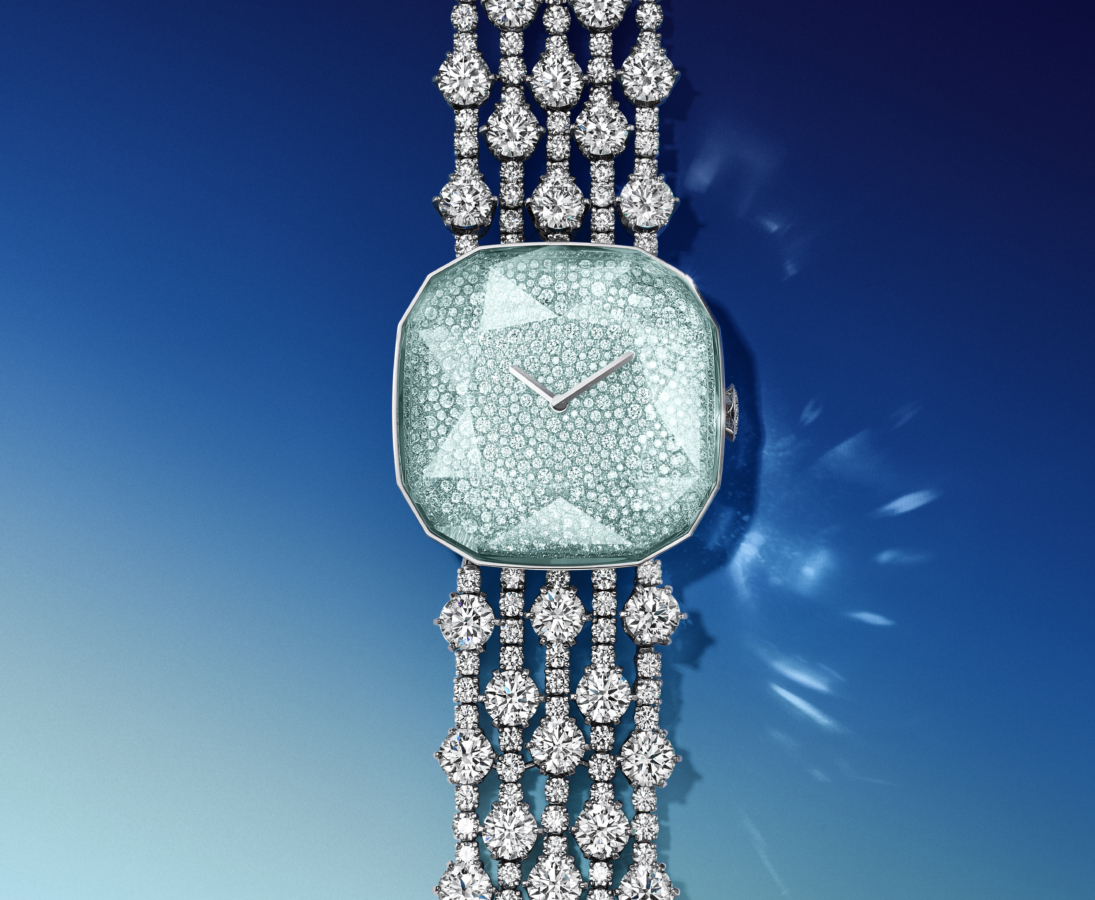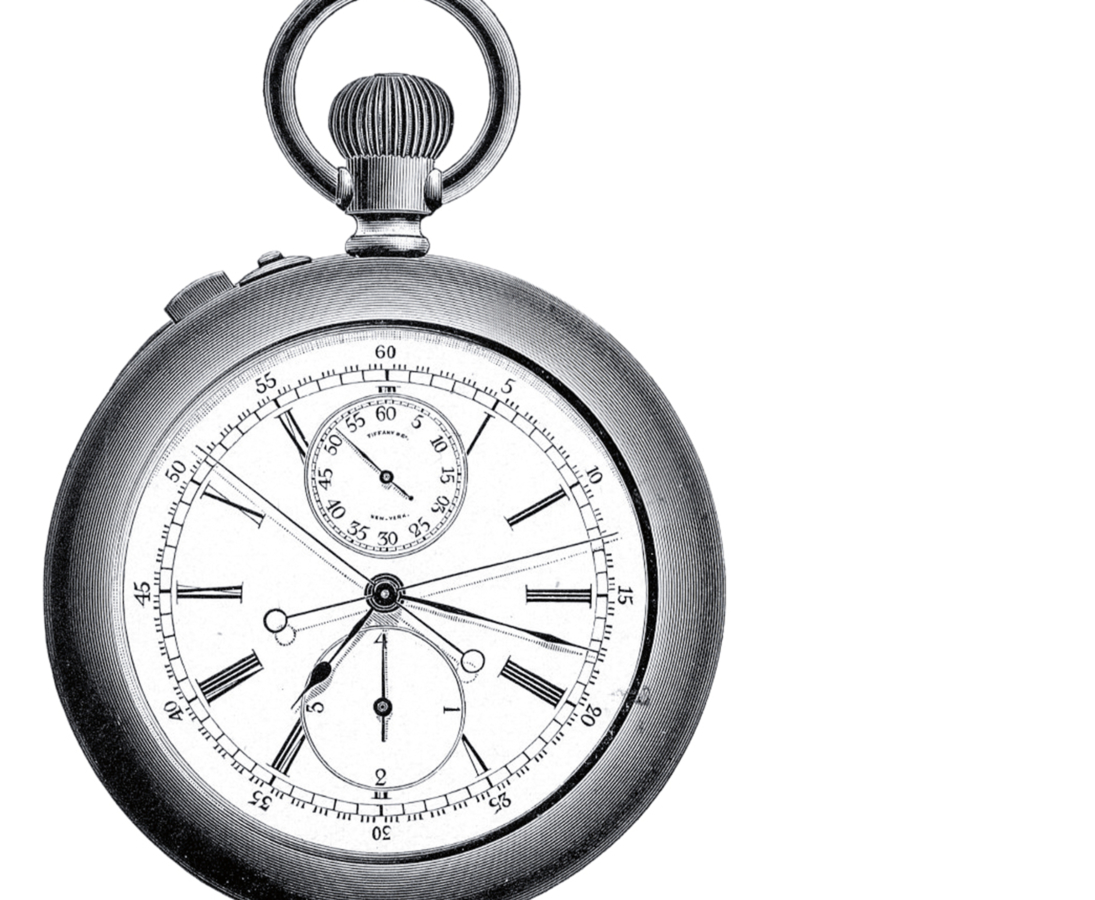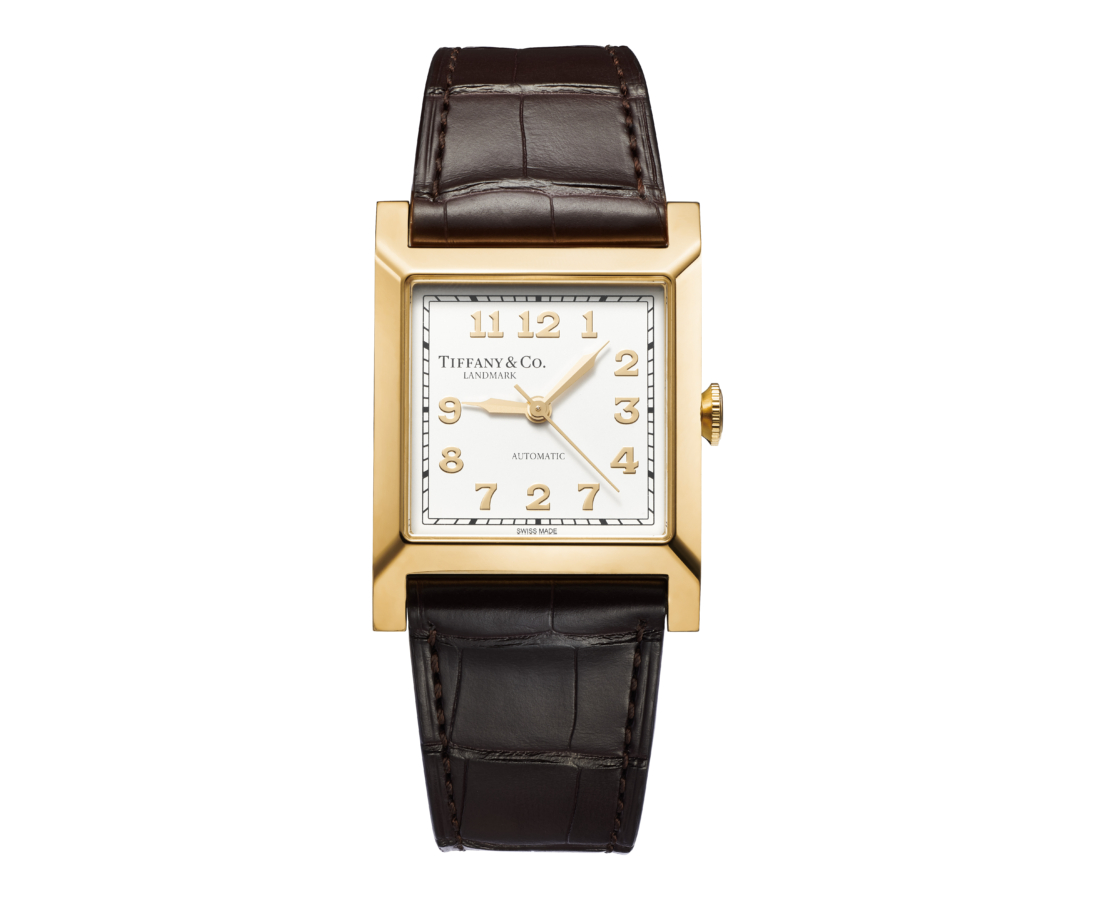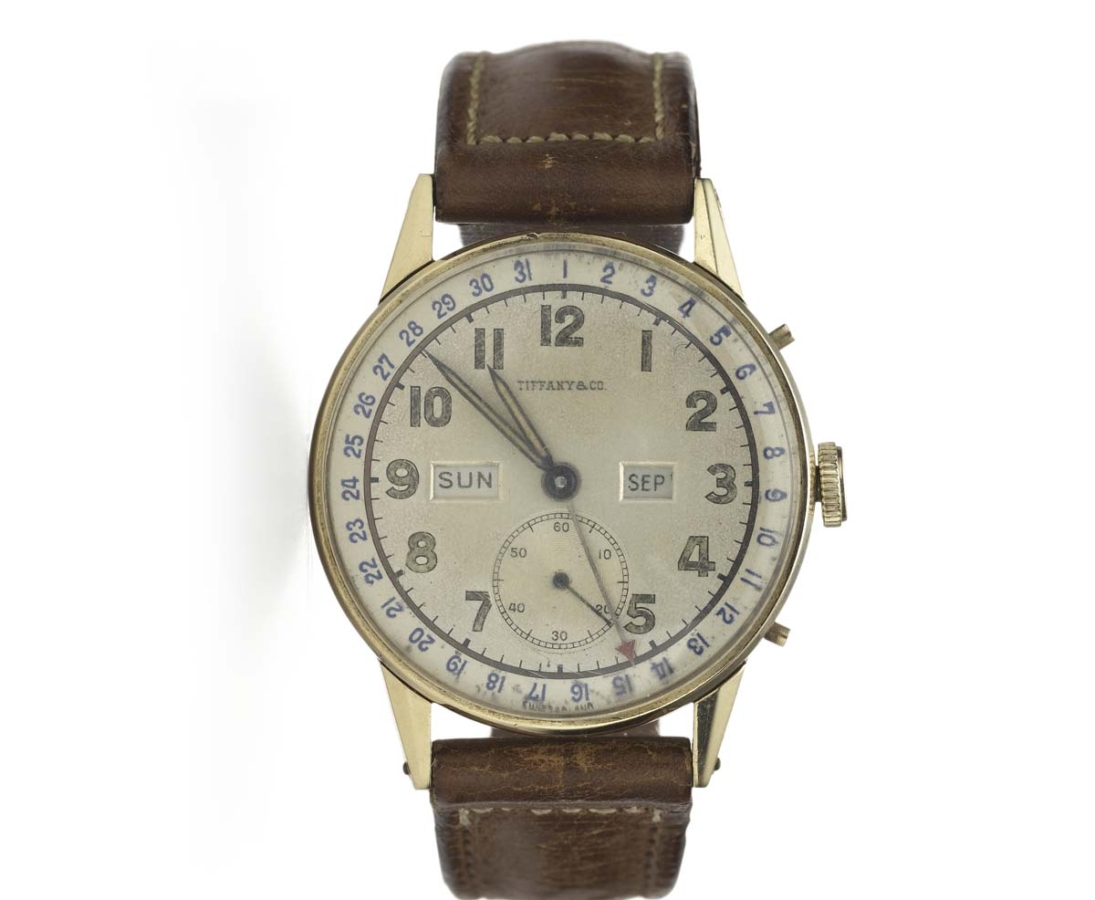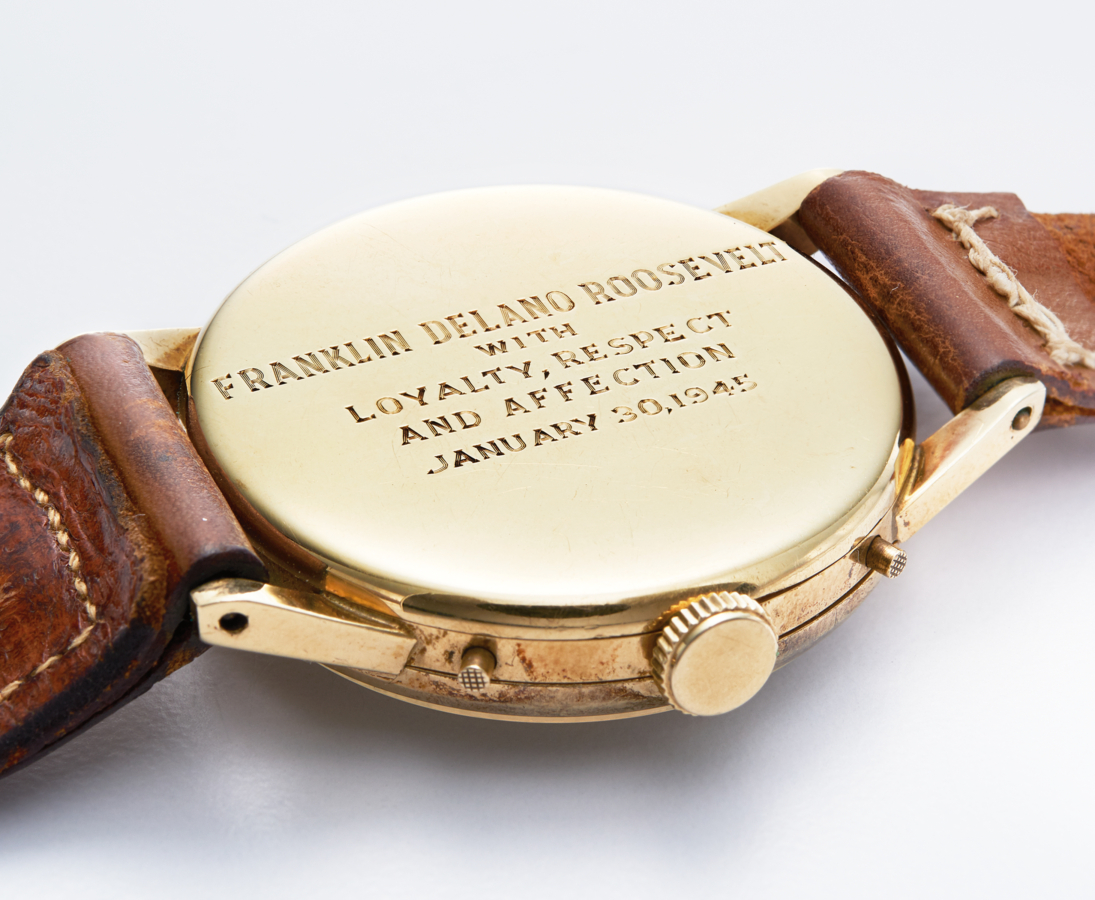Tiffany Watches
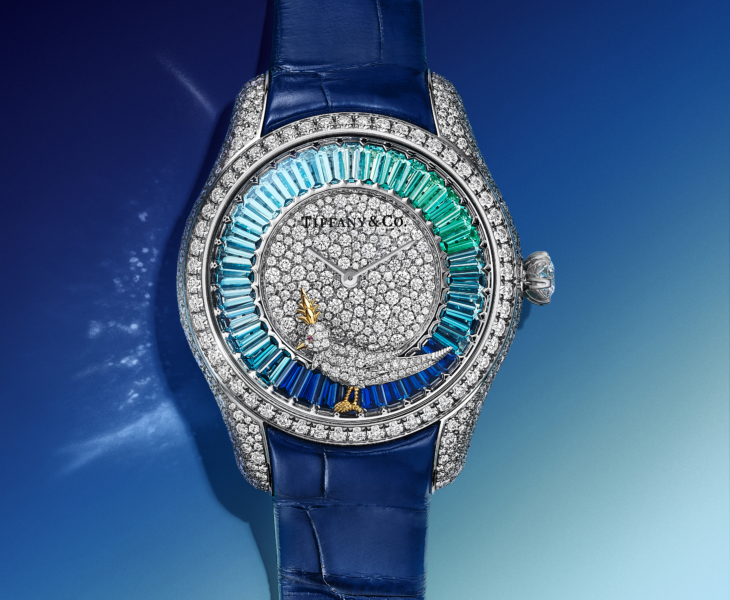
Tiffany Watches: Harnessing a Legacy of Horological Excellence and Outstanding Design and Craft
For more than 175 years, Tiffany & Co.’s watchmaking heritage can be traced along a timeline of innovation, creative imagination, craftsmanship and distinctive design.
In the Beginning
The story began in 1847 with the House’s founder, Charles Lewis Tiffany, who began selling fine European and American-made clocks and pocket watches after he opened his second store at 271 Broadway in New York City. Tiffany & Co. became the first retailer in America to stock Patek Philippe watches in 1851, following a simple handshake agreement that reflected the integrity of both parties. This agreement was extended in 1870 to establish Tiffany & Co. as the Swiss Maison’s exclusive U.S. retailer.
In 1853, Charles Lewis Tiffany commissioned a statue of the mythological Greek titan Atlas holding a clock, which he installed above the entrance to his store at 550 Broadway. It was one of the earliest clocks on public display in the heart of the city, recognized as a landmark of accurate timekeeping. Thus, Tiffany & Co. became the unofficial timekeeper for New Yorkers.
The Tiffany & Co. Timing Watch—an early stopwatch used in science as well as for sporting events—made its debut in 1866. The House relaunched the design two years later, naming it the Tiffany Timer. This was one of several important watchmaking innovations by Tiffany & Co. in the second half of the 19th century. The House received patents for advances in watch movements and hand settings.
A Manufacture in Switzerland
In 1868, Tiffany & Co. opened its first office and store in Geneva, underscoring the importance of its relationship with Switzerland. In 1874, to meet the ever-growing demand for fine watches, the House inaugurated its own state-of-the-art manufacturing facility in the heart of Geneva—an imposing four-story building set on Place Cornavin. Here, Tiffany & Co.’s watchmakers produced timepieces with a variety of complications, including complex calendars and a split-seconds chronograph. In keeping with the style of the time, the manufacture also created richly decorated timepieces, including diamond-encrusted lapel watches and pocket watches embellished with fine scrolls engraved on gold and enameled with pastoral scenes, mythic figures and floral motifs. Among them were superb ladies’ Chatelaine watches, including an example with floral motifs in the cloisonné enamel decoration and another set with two large cabochon garnets and diamond accents, now in the collection of The Tiffany Archives.
By 1878, when Patek Philippe bought the Manufacture from Tiffany & Co., Charles Lewis Tiffany had become a world-renowned jeweler and watchmaker with a reputation for the finest quality and a commitment to exceptional client care. When Standard Time was adopted in 1883, Tiffany’s service included the weekly regulation of more than 400 clocks in the homes of its clients in New York.
The Dawn of the Wristwatch Era
From 1880 onwards, Tiffany & Co. focused on its renowned skills in craftsmanship and design while continuing to equip its watches with fine Swiss movements. At the Paris Exposition Universelle of 1889, Tiffany & Co. exhibited impressive jewelry timepieces, including a magnificent pocket watch in a gold case fully set with emeralds and pearls and the exquisite Apple Blossom lapel watch, on which the watch case is nestled amid pink enameled petals on a diamond-set twig of blossom.
By the turn of the 20th century, Tiffany had established itself as a preeminent source of elegant diamond jewelry watches. Continuing to harness its excellence, both in gem-setting and design, the House became renowned for marrying exquisite style with high-quality Swiss watch movements.
In 1912, Tiffany & Co.’s status as the jeweler and watchmaker of choice for America’s social elite was reaffirmed: the widows of three of New York’s wealthiest businessmen—John Jacob Astor, John B. Thayer and George D. Widener—chose a Tiffany & Co. pocket watch as a gift of thanks to Captain Arthur H. Rostron of RMS Carpathia following the sinking of the RMS Titanic. The women were among the 700 people rescued by Captain Rostron, although their husbands perished in the disaster.
By the 1920s and throughout the Art Deco period, Tiffany & Co. was one of the world’s most sought-after houses for jeweled cocktail watches. At the 1939 World’s Fair in New York, the jeweler exhibited an array of elegant diamond timepieces, reaffirming its mastery of this art. Among them was a gold and platinum watch set with diamonds and sapphires, its boldly sculptural form highlighted by a large sapphire in place of the usual clear glass to protect the dial.
As men also began to adopt wristwatches in preference to pocket watches from the 1920s onwards, Tiffany & Co. paired watch cases and dials designed and produced in-house with fine Swiss movements for men’s watches. These included calendar watches, one of which was gifted to President Franklin Delano Roosevelt in 1945. In 1956, Jean Schlumberger became head jewelry designer at Tiffany & Co. and, during the three decades that followed, channeled his exuberant style into a series of innovative timepieces, including desk clocks and gem-set bracelet watches. In 1983, Tiffany & Co. introduced its Atlas® watch collection as a tribute to the famous Atlas statue that holds the clock above The Landmark, the jeweler’s legendary Fifth Avenue flagship store in New York City.
A New Generation of Tiffany Watches
Today, a new generation of Tiffany timepieces translates the House’s unmatched jewelry heritage and horological history into watch collections with a distinctly modern spirit. Each new design captures the spirit of inventive creativity and avant-garde craftsmanship that have defined Tiffany & Co. since 1837.
In 2021, the House introduced a new collection of jewelry watches, Eternity by Tiffany. Drawing inspiration from a 1960s Tiffany & Co. advertisement, its dial is set with 12 diamond hour-markers, each cut differently. The following year, the House introduced its Time Objects collection, revisiting its heritage in clocks and home decoration. The mechanical clocks express the House’s signature wit and sense of style in unexpected ways.
In 2023, Tiffany & Co. debuted the Union Square watch collection and two collections inspired by the House’s most emblematic jewelry designs: Jean Schlumberger by Tiffany and HardWear by Tiffany. While HardWear by Tiffany watches capture the cool, contemporary style of the definitive jewelry collection, the Jean Schlumberger by Tiffany Bird on a Rock watch collection translates the designer’s celebrated 1965 brooch into a series of gem-set contemporary timepieces. Bird on a Rock also inspired Bird on a Flying Tourbillon, introduced in 2024. Combining superlative diamond-setting with other rare decorative crafts and a flying tourbillon movement, the watch is a significant milestone in Tiffany & Co.’s evolution into high watchmaking. In 2024, the House also debuted the Carat 128 watch, an extraordinary high jewelry timepiece with a cushion-shaped crystal directly inspired by the form of the legendary 128.54-carat Tiffany Diamond. In 2025, Tiffany & Co. returned to the legacy of Jean Schlumberger, drawing inspiration from his celebrated Sixteen Stone ring to create the Twenty Four Stone watch collection and paying homage to his Rope jewelry designs with the Rope watch collection. Combining a distinctive aesthetic with innovative watchmaking technology, the collection features a solar-powered movement that guarantees an exceptionally long power reserve.
For more than a century and a half, Tiffany & Co. has approached watchmaking with a jeweler’s sensibility, marrying a bold approach to design and great mastery of craftsmanship with Swiss watchmaking expertise. The latest generation of watches heralds a new era of watchmaking at Tiffany & Co. Underpinned by the pursuit of technical watchmaking excellence, every collection draws inspiration from the House’s remarkable heritage in jewelry and design—a heritage that imbues every piece with the distinctive Tiffany & Co. aesthetic.
To earn its place in a Tiffany Blue Box®, a Tiffany timepiece must embody all the House’s values: sophisticated design, a spirit of innovation and superlative quality. Past, present and future, a Tiffany & Co. timepiece is as eternal as time itself.
